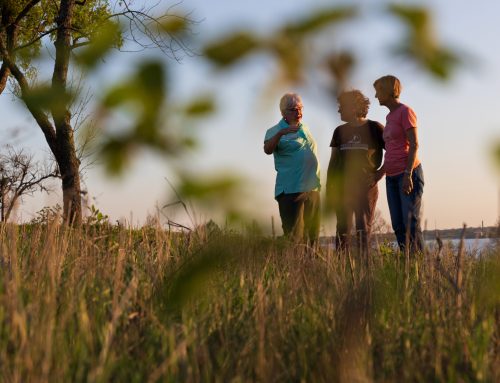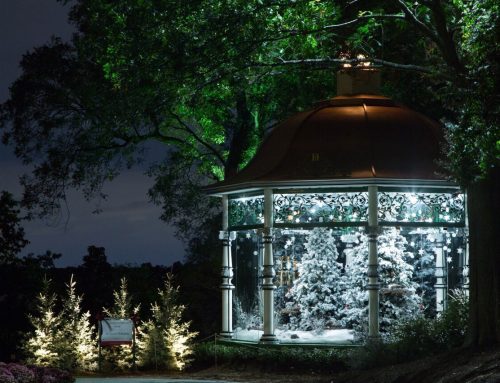We’ve all become used to the barren expense of brown winter landscape that once was our beautiful lawn. Each year, as the frost approaches, we sit idly by as all our hard work of spring and summer turns to a dead mass of hay by late fall.
That needn’t happen. We can fight back against the tides of nature’s life cycle. We can have green grass all winter long.
Sure, you say, East Dallas is warmer in the wintertime than, say, Nebraska, but warm enough for a green lawn? What’s the secret?
It’s no secret. It’s a process called overseeding, a process that has been in use in some form in the farming community for years and is now finding a niche for the home gardener.
Overseeding is the act of placing seed of a cool-season grass (one that grows from fall through spring) into your existing lawn of warm-season grass (which grows from spring through fall). The majority of lawns in our neighborhoods are planted with either St. Augustine or Bermuda grass, both warm-season grasses that take to overseeding extremely well.
If seeded now, your cool-season grass will be green and vigorous by the time your warm-season grass goes dormant in a few weeks. Then, come the hot weather of June, the cool-season grass will begin to die out, paving the way for the St. Augustine or Bermuda – and another 12 months of rich, green lawn.
What and How to Plant
There are several cool-season grasses that will work reasonably well in our area, including Perennial Rye, Annual Rye, Fescue and Kentucky Bluegrass. However, the majority of professional gardeners, nursery professionals and horticulturists in the area recommend planting a mixture of Perennial Rye seed. Perennial Rye is not a true perennial (you will have to reseed it each year), but its outstanding hardiness, deep color and fine texture make it an excellent choice.
Overseeding with cool-season grass is simple. You need not till, dig or hoe the existing lawn; a simple close mowing will suffice. Once you have cut the existing grass short (and bagged or raked the clippings to go in the compost pile), follow these easy steps:
- If you did not apply a fall application of lawn fertilizer last month, do so now. Soil tests by the Texas Agricultural Extension Service show that the majority of lawns in our area respond best to a 3-1-2 ratio, most commonly bagged as 15-5-10 fertilizer. Apply according to label directions.
- Broadcast the cool-season grass seed evenly over the area. Apply about five to six pounds of seed over each 1,000 square feet of area. The more seed, the better. Use a broadcast fertilizer spreader, or, for more precise results, use a hand-held spreader or a shaker can.
- Rake the area lightly to make sure the seed reaches the soil.
- Water the overseeded area lightly every day until the seed germinates, just as you would in your vegetable or flower garden. Once the grass begins to grow, cut back on the water.
- In about six weeks, fertilize again with the same 15-5-10 fertilizer. Your grass at that time should be completely filled in.
Now it’s time to sit back and enjoy your winter lawn. Oh, you’ll have to mow it about every five weeks, but just think: For once, your neighbor will be jealous that you get to mow the lawn.
Add Color to Your Winter
If you take the time to overseed your lawn for wintertime greenery, don’t neglect the color in your flower and shrub beds. There are several quality selections that can provide real color to the winter garden.
Here are a few proven winners for neighborhood winter gardens. Transplants should be in good supply now at local nurseries:
Annual Flowers
Pansies: Texas’ all-time favorite winter flower, these beauties come in a rainbow of colors and can survive even the coldest weather.
Flowering cabbage and kale: These plants are grown for their interesting texture and colorful foliage.
Shrubs
Camellias: Perhaps the showiest of all cool-season bloomers, camellias explode with color when most other plants are dormant.
Possumhaw holly: An interesting specimen that loses its leaves, leaving its bare branches covered with bright red berries.
Mahonias: These excellent shrubs brighten winter with purple-blue grape-like berries.





